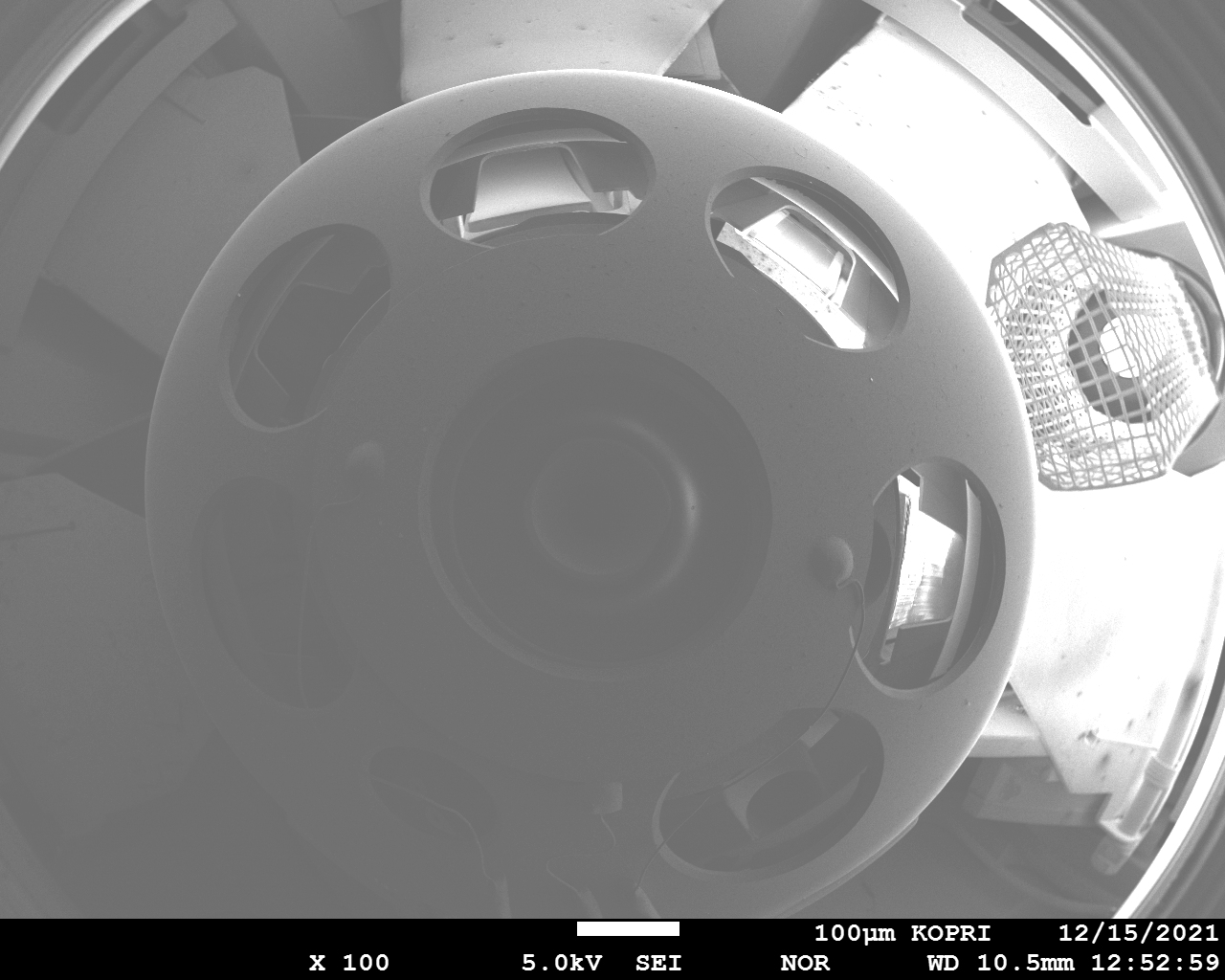Dear Brian,
Thank you so much!
We took electron mirror images when electrostatic deflector turning off and on.
Electrostatic Deflector OFF (You see L-type, normal, H-type crystals from 12 o'clock in clockwise direction.)

Electrostatic Deflector ON

So the problem of our PETJ and PETL crystals is not due to static filter, as Brian said.
Also as Brian noted earlier, the peak count is about 30% lower than that obtained from other lab.
Next try is to replace counters and get the Si spectra again.
=> As expected, this issue is not related to counter.